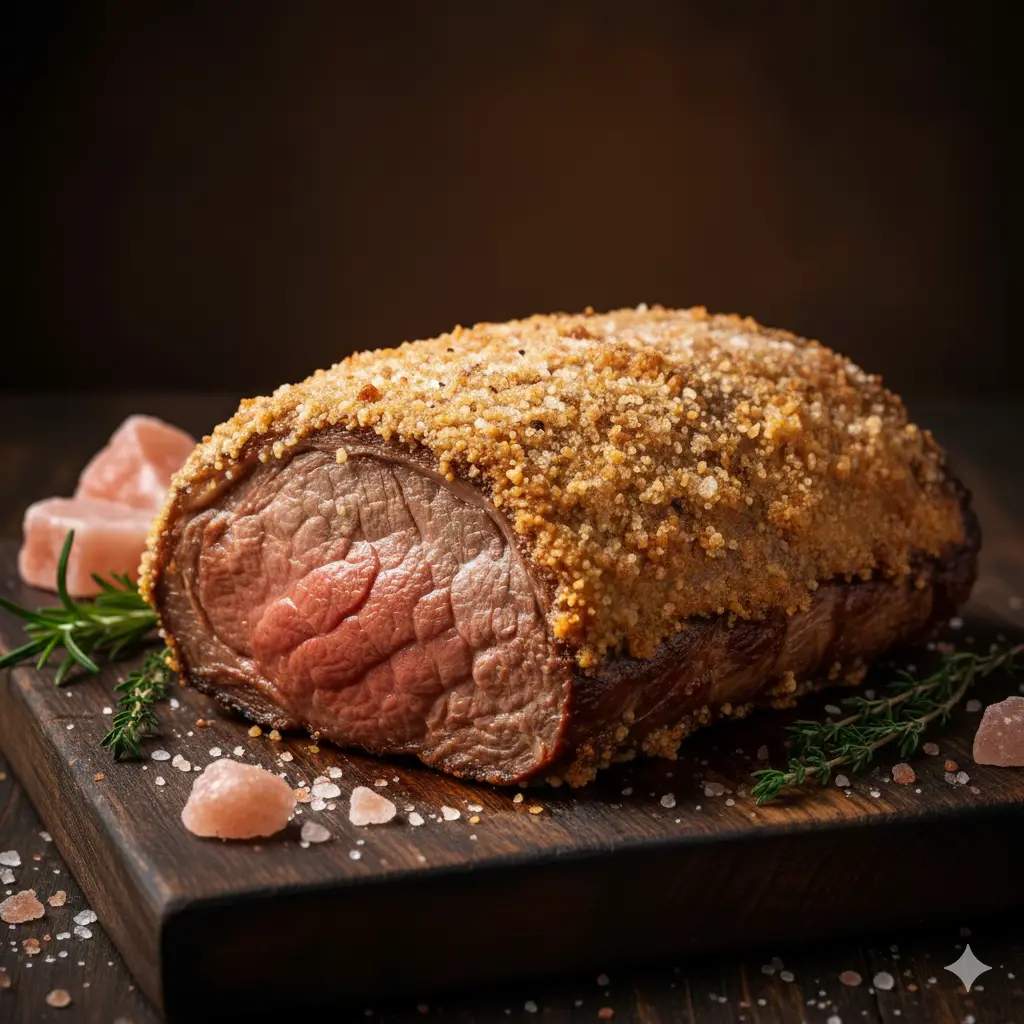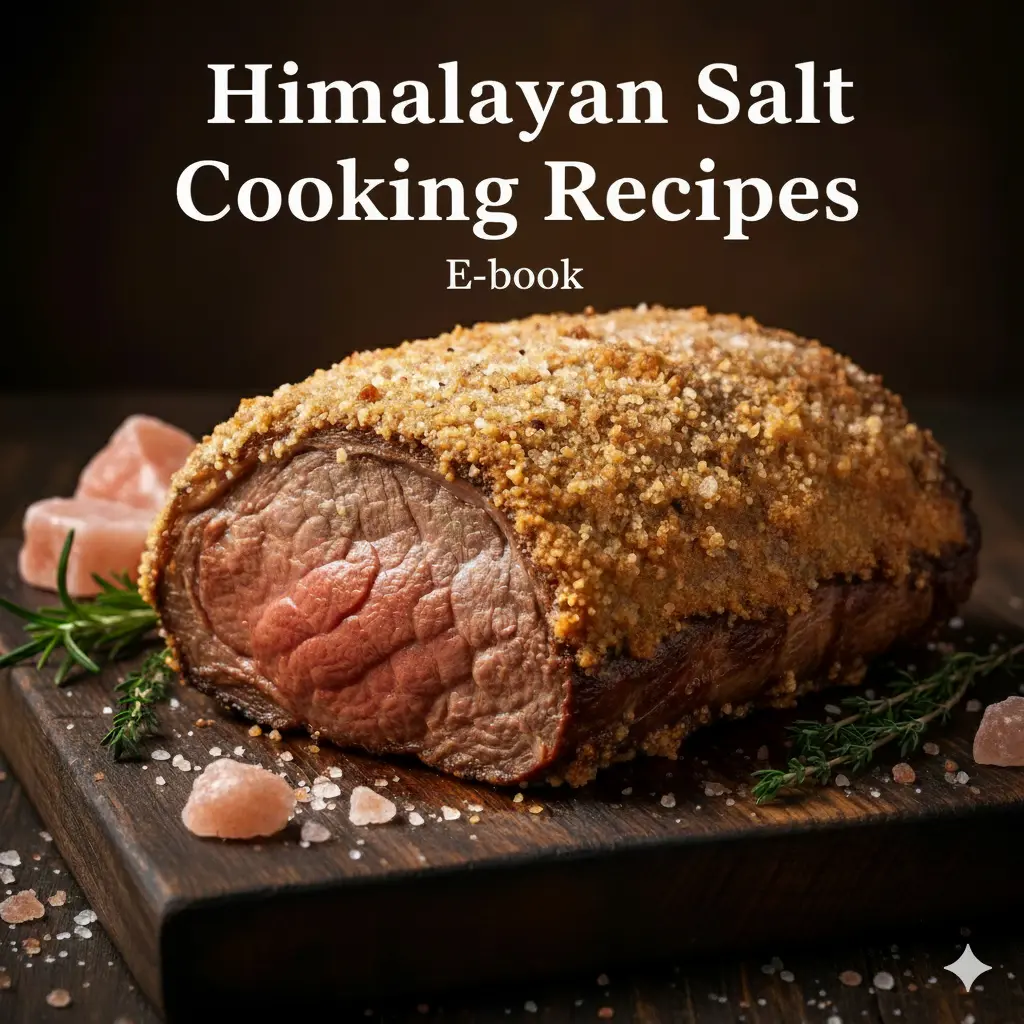My Himalayan Salt Recipe Story: How I Perfected the Salt-Crusted Roast
Don't waste time like I did with incorrect recipes. After three failed attempts—one too salty, one undercooked, one dry—I finally found the one recipe that reached my expectations. This is my story of perfecting the Himalayan salt -crust technique.
The goal was simple: a tender, juicy roast beef with an incredibly flavorful crust, cooked perfectly from edge to center. The result wasn't just in the method, but in understanding the salt itself and getting the proportions right. I'm sharing the exact recipe below so you can get it right on your first try.

The Perfect Himalayan Salt-Crusted Roast Recipe
This method creates a sealed crust that traps all the moisture and flavor inside the meat, steaming it in its own juices. The salt doesn't make the meat overly salty; it just seasons it perfectly.
Ingredients:
- 1 (3-4 lb) beef roast (top round, sirloin tip, or eye of round work well)
- 4 cups coarse Himalayan pink salt
- 2 large egg whites, lightly beaten
- 1/4 cup water
- 2 sprigs fresh rosemary
- 4 cloves garlic, smashed
- 1 tablespoon black peppercorns
Instructions:
- Preheat & Prep: Preheat your oven to 425°F (220°C). Pat the beef roast completely dry with paper towels. This is crucial for a good crust.
- Make the Salt Dough: In a large bowl, combine the coarse Himalayan salt, egg whites, and water. Mix until it has the consistency of wet sand.
- Create the Base: Spread about a third of the salt mixture on the bottom of a roasting pan or cast-iron skillet, creating a base slightly larger than the roast.
- Season the Meat: Place the rosemary sprigs, smashed garlic, and peppercorns on top of the salt base. Place the beef roast directly on top of them.
- Encase in Salt: Pack the remaining salt mixture all over the top and sides of the roast, ensuring it's completely sealed in a thick, even crust. There should be no gaps.
- Roast: Place the pan in the oven and roast for about 15 minutes per pound for medium-rare (an internal temperature of 130-135°F). Use a meat thermometer for accuracy.
- Rest is Key: Remove the pan from the oven and let the roast rest, still in its crust, for at least 15 minutes. This allows the juices to redistribute.
- Crack and Serve: Carefully crack the hard salt crust with the back of a knife or a mallet. Brush away all excess salt from the meat, slice, and serve immediately.
Why Himalayan Salt? Mineral Balance & Culinary Difference
You might wonder if you can use regular table salt for this. While possible, it's not the same. The key difference lies in the composition. Table salt is heavily processed sodium chloride.
Himalayan pink salt, on the other hand, is hand-mined and contains dozens of trace minerals, like potassium, magnesium, and calcium. This **mineral balance** not only gives the salt its distinctive pink hue but also contributes to a more complex, nuanced flavor in cooking. Its coarse texture is also ideal for creating the solid, even crust needed for this recipe.
Master Dozens of Recipes Like This One
This salt-crust technique is just the beginning. Imagine applying these principles to fish, chicken, and even vegetables.

Get "Himalayan Salt Cooking Recipes"
My complete digital recipe book contains over 40 exclusive recipes that unlock the full potential of Himalayan salt in your kitchen. From appetizers to main courses, learn the secrets to elevating every meal.
Get The Complete Recipe Book Now